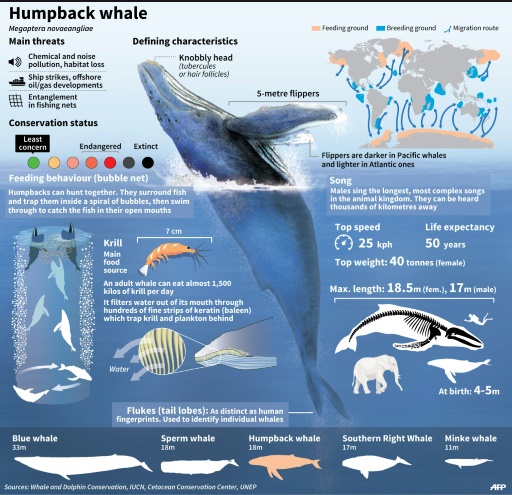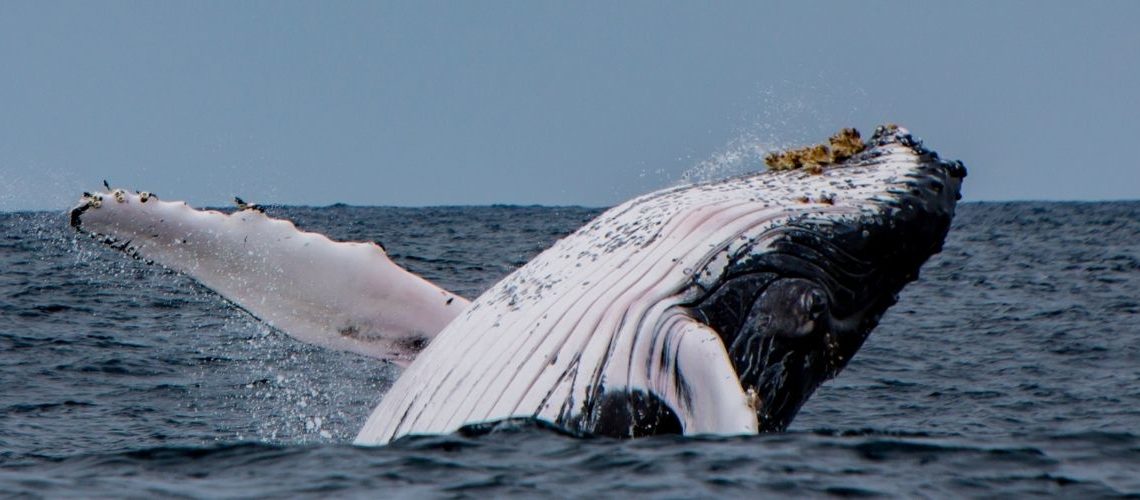Whale watching is one of Ecuador’s natural tourist attractions. The main ports where whale watching is offered include Atacames, Súa, and Muisne in the Esmeraldas Province; Pedernales, Manta, Puerto López, Isla de la Plata, Isla Salango, and Puerto Cayo in the Manabí Province; Ayangue, and Monteverde in the Santa Elena Province; Jambelí and Santa Clara Island in El Oro Province.

The most popular place to take the tour is Puerto Lopez. The trip includes “La Isla de la Plata,” also called The Small Galápagos, because you can find different species in the Galapagos Islands.
You can find blue-footed, red-footed, Nazca boobies, frigatebirds, and albatrosses. We also find reef corals with diverse marine species, manta rays, fish, turtles, and a beautiful landscape.
The Galapagos National Park has a massive marine reserve that draws humpback whales, orcas, pilot whales, Bryde’s whales, and blue whales.
On tour, you can see a humpback whale frolic with her newborn calf in the tropical waters off Ecuador’s coast. The sight of enormous fins surfacing, tails flipping, and blowholes spouting is breathtaking.
Whale migration happens every year. Thousands of these mammals come to the Ecuadorian coasts to mate and give birth to their young.
The first whales arrive in May from Antarctica. They migrate in groups, aiming to flee from the Antarctic cold to reach the breeding area. That area begins in the north of Peru and ends in Costa Rica and Panama.
Humpback whales are found in every ocean in the world. Their Latin name, Megaptera novaeangliae, means “big wing of New England. It refers to their giant pectoral fins and appearance on New England’s coast, where European whalers first encountered them.


Conservation
Humpback whale numbers were severely reduced before the 1985 ban on commercial whaling. Today, the biggest threats to humpback whales are collisions with ships and the entanglement in fishing gear. Also, warmer waters are killing off the supply of krill, the tiny crustaceans that are whales’ primary food source in their Arctic feeding grounds. The whales eat several tonnes a day to fatten up for their journeys.
Until 2007, the population of humpback whales that reached the “breeding area” was estimated at 6,500 mammals. However, the figure could be around 10,000 whales. The annual growth rate is 6%.
They swim thousands of kilometers yearly from Antarctica to the waters around the equator to have their young, measuring three to 4.5 meters (10 to 15 feet) at birth.


















Comments